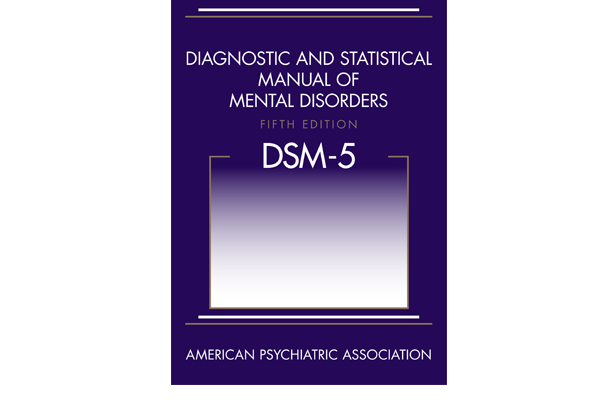Objective: A new condition, “child affected by parental relationship distress”(CAPRD), was introduced in the DSM-5. A relational problem, CAPRD is defined in the chapter of the DSM-5 under “Other Conditions That May Be a Focus of Clinical Attention.”The purpose of this article is to explain the usefulness of this new terminology.
Method: A brief review of the literature establishing that children are affected by parental relationship distress is presented. To elaborate on the clinical presentations of CAPRD, four common scenarios are described in more detail: children may react to parental intimate partner distress; to parental intimate partner violence; to acrimonious divorce; and to unfair disparagement of one parent by another. Reactions of the child may include the onset or exacerbation of psychological symptoms, somatic complaints, an internal loyalty conflict, and, in the extreme, parental alienation, leading to loss of a parent–child relationship.
Results: Since the definition of CAPRD in the DSM-5 consists of only one sentence, the authors propose anxpanded explanation, clarifying that children maydevelop behavioral, cognitive, affective, and physicalsymptoms when they experience varying degrees ofparental relationship distress, that is, intimate partnerdistress and intimate partner violence, which aredefined with more specificity and reliability in theDSM-5.
Conclusion: CAPRD, like other relational problems, provides a way to define key relationship patterns that appear to lead to or exacerbate adverse mental health outcomes. It deserves the attention of clinicians who work with youth, as well as researchers assessing environmental inputs to common mental health problems.
Key words: child affected by parental relationship distress, intimate partner distress, intimate partner violence, loyalty conflict, parental alienation
J Am Acad Child Adolesc Psychiatry 2016;55(7):571
Lea la fuente original AQUÍ

